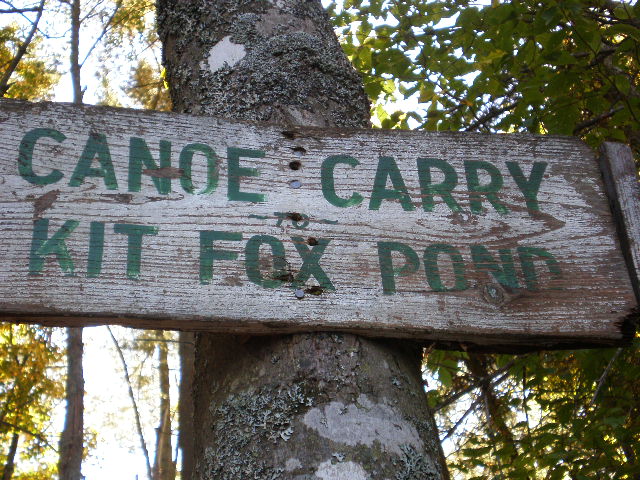The USGS recently announced that due to funding issues a number of their stream gauges would be taken offline. The gauges, located in New York, Pennsylvania, and Maryland, are scheduled to be turned off on the last day of September 2008, unless additional funding could be raised to keep the gauges online.
River gages to be removed:
Maryland gages
Pennsylvania gages
New York gages
The main function of the gauges is to provide data for research and to track environmental changes. Some of the gauges headed for removal have been in operation since the 1890’s. And although they may no longer provide enough research value for the USGS to justify their continuation, factor in the data they provide to the communities and suddenly things look a little different.
After looking at the list of gauges slated for removal one could be open to the justification of why a few of these gauges might be removed, such as the rain gauge in Flinton, PA. But I have to think even that gauge provides valuable data because that creek is prone to severe flooding and flows into the West Branch and eventually the Susquehanna River. But removing many of the gauges listed really puts the river tourism business at a major disadvantage. For example, removing the gauges from the Susquehanna River and its major tributary, the West Branch of the Susquehanna, makes no sense because there are plenty of river tourism businesses in the area that depend of the water flow data collected from the guages, and these businesses depend of the hundreds of canoers and kayakers that travel from New York, New Jersey, Pittsburgh, and beyond to paddle those sections of the Susquehanna River, the West Branch of the Susquehanna and the Sinnemahoning. Many of those same paddlers depend on the gauges as well.
Surely the USGS realizes how significant the rivers really are to Pennsylvania’s tourism industry. I’m not going to say the river tourism industry generates big dollars for Clearfield, Renovo and the Quehanna Wild Area, but over the past few years we’ve witnessed activity on the West Branch of the Susquehanna dramatically change from a local weekend canoeing attraction to one of the Mid-Atlantics best canoeing hotspots attracting canoeing groups, canoe clubs and guide service providers throughout Pennsylvania and beyond. And they tend to return every other year, if not every year. I travel Pennsylvania, New York, Maryland and New Jersey to paddle, and I often depend on those gauges before driving the distance. But what about those paddlers who actually rely on these gauges to run their business? What river guide is going to transport a group of vacation paddlers all the way from Pittsburgh, Maryland or New York on a two or three day canoe trip in Central Pennsylvania without knowing the actual water conditions? Alright, maybe that’s stretching it a little, I mean before dragging a dozen people on a major trip 150 miles away they would most likely seek the advice and opinion of the local canoe rental. But what if this is actually the beginning of the end of such an important service. I mean it’s one thing to shut down five or six gages across Pennsylvania, but what if the decision is then made to shut down gages on other important waterways, and finally across the country. It was only a few years ago that West Virginia’s gauges had to be rescued by American Whitewater.
But there are other important considerations beyond the river tourism industry. Over the past years there has been major emphasis placed on keeping our local watersheds clean and healthy, and partially because of local community involvement there have been major improvements in our local watersheds. For example, the West Branch was named River of the Year in 2005, and the Pennsylvania Fish and Boat Commission is now stocking the West Branch, and there are now annual river sojourns, canoe and kayak races, and community involved river cleanup days on the West Branch. What this means is that communities are realizing the importance of our rivers and are now proactive in improving and protecting them based on education and information gathered by the USGS, DCNR and other organizations. But future success depends on the community’s perception, so could community interest fade because the perception is the USGS is not working with the community’s efforts, and the proactive element which led to such great improvements slows down? After all, many of these proactive programs are organized by those who are directly involved in the river tourism industry and depend on data provided by the government and organizations.
No, taking the gages offline isn’t going to destroy our river tourism industry in Central Pennsylvania or even lead to the demise of a single business, but the gauges do make life a little easier for those who comprise the river tourism industry, and losing such a great service would be sad. River tourism and community involvement certainly have a positive impact on river rehabilation, and that’s how we can measure the true cost of keeping the USGS gages online.
You can read more about this at American Whitewater.
The Lumber Heritage Region of Pennsylvania.
DCNR on the West Branch

